[Shumokukan, Nagoya] Let's Stroll Around The Cultural Path (Bunka no Michi)
![[Shumokukan, Nagoya] Let's Stroll Around The Cultural Path (Bunka no Michi)](https://life-designs.jp/wp/wp-content/uploads/2019/06/IMG_8469-1.jpg)
Table of Contents
The area from Nagoya Castle to Tokugawaen is named " The Cultural Path " due to a series of mansions of cultural and business figures. Many of the historical buildings where the cultural figures who were responsible for the modernization of Nagoya from the Edo period through the Meiji and Taisho periods lived can still be seen today.
The Cultural Path is also the place where ceramic painters and processors gathered and built the foundation of Aichi's ceramic industry. The symbolic building that conveys this fact today is The Cultural Path Shumokukan. We will introduce you to the many charms of this Taisho-romantic mansion.
What is "The Cultural Path Shumokukan"?
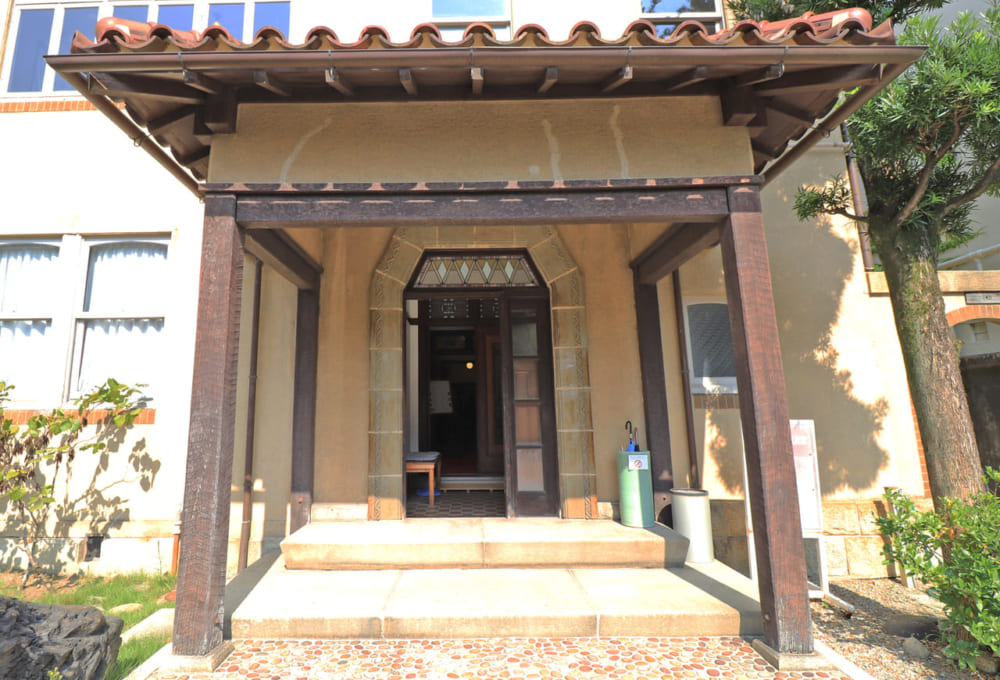
"The Cultural Path Shumokukan" is a residence built in 1926 by Tamesaburo Imoto, a ceramics merchant. Nagoya's population was around 90,000 at the beginning of the Meiji period, but by the end of the Taisho period, the population had increased tenfold to over 1 million, making Nagoya one of the three largest cities in Japan, after Tokyo and Osaka. The building is a symbol of the bustle of that era.
On the site of approximately 600 tsubo (approximately 1,860 square meters), there is a Japanese-style house, a Western-style house, two storehouses (east and west), a tea ceremony room, and a garden, all of which retain the characteristics of the late Taisho and early Showa period residences. It is called "Shumokukan" because it was built in Shumoku-cho, and is now designated as a Tangible Cultural Property of Nagoya City and an Important Landscape Architectural Feature.
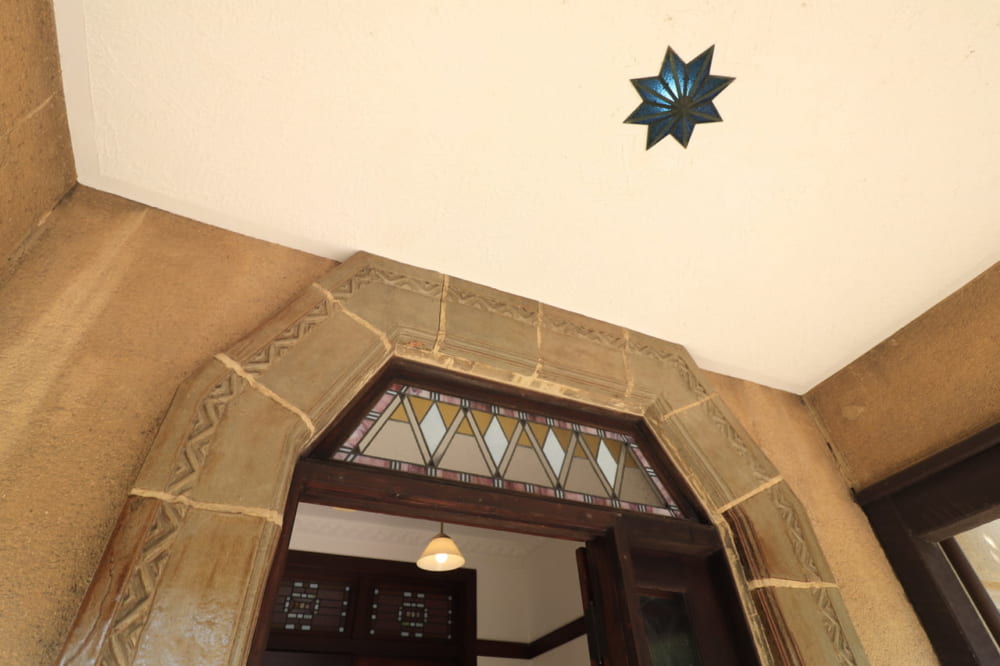
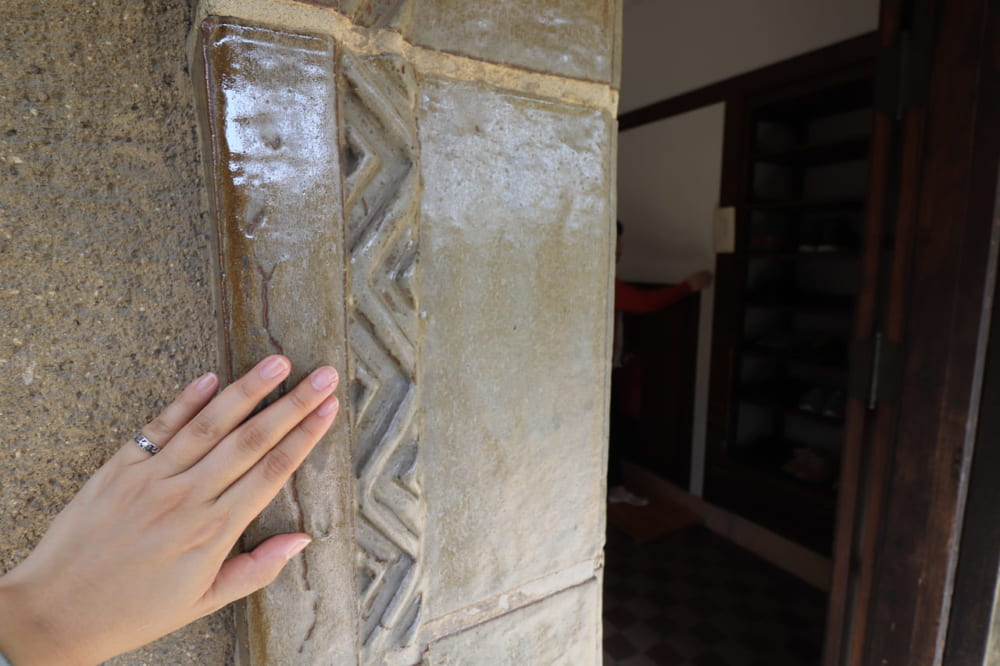
The entrance area is richly decorated with ceramics, as it was the residence of Tamesaburo Imoto, a ceramics merchant. It is said that he entertained many buyers for export at this mansion.
![[Shumokukan, Nagoya] Let's Stroll Around The Cultural Path (Bunka no Michi)| Nagoya Higashi Ward Outdoor Spot > Tourist Spot |Life Designs (Life Designs) | Traveling and Living in Nagoya, Aichi, Gifu and Mie](https://life-designs.jp/wp/wp-content/themes/wp-templ/assets/img/common/logo.svg)


![[Tokai Area] Explore its History!](https://life-designs.jp/wp/wp-content/uploads/2019/12/LD_banner_w1920x1088_history-1-1024x580.jpg)
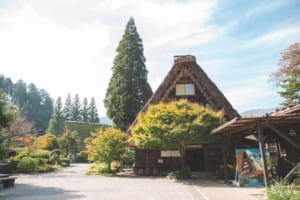
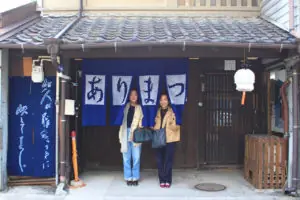
![[Toyokawa city] Visit "Toyokawa Inari" where Worshipers Visit from All Over the Country](https://life-designs.jp/wp/wp-content/uploads/2019/06/image37-3-1-300x200.jpg)

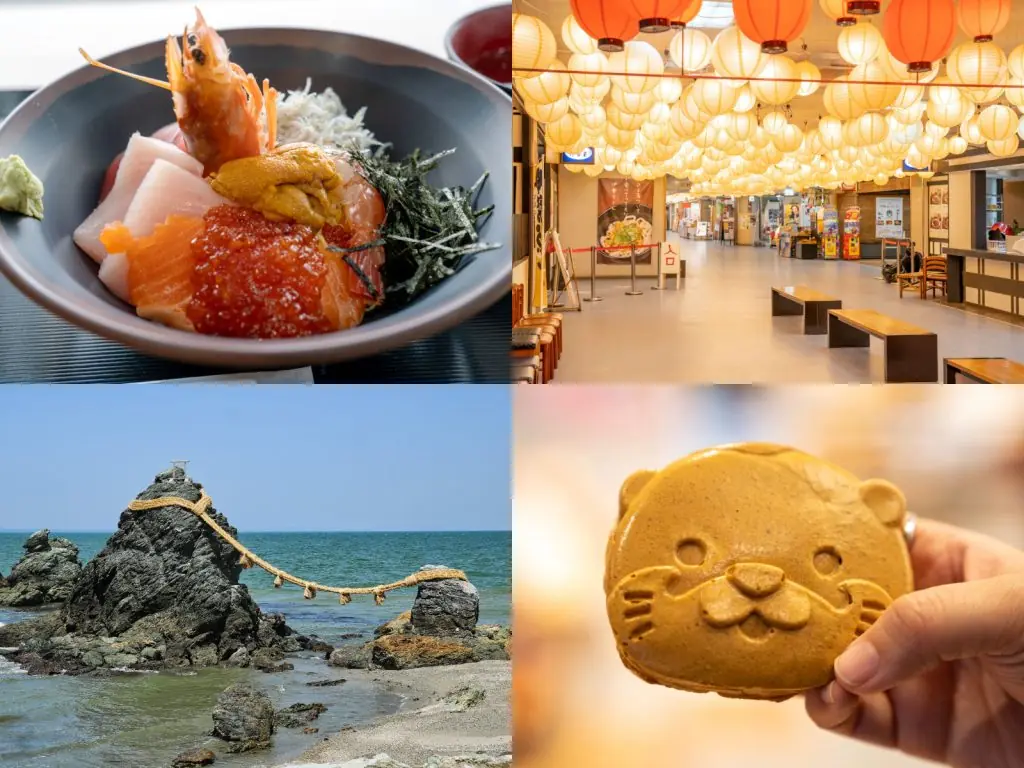
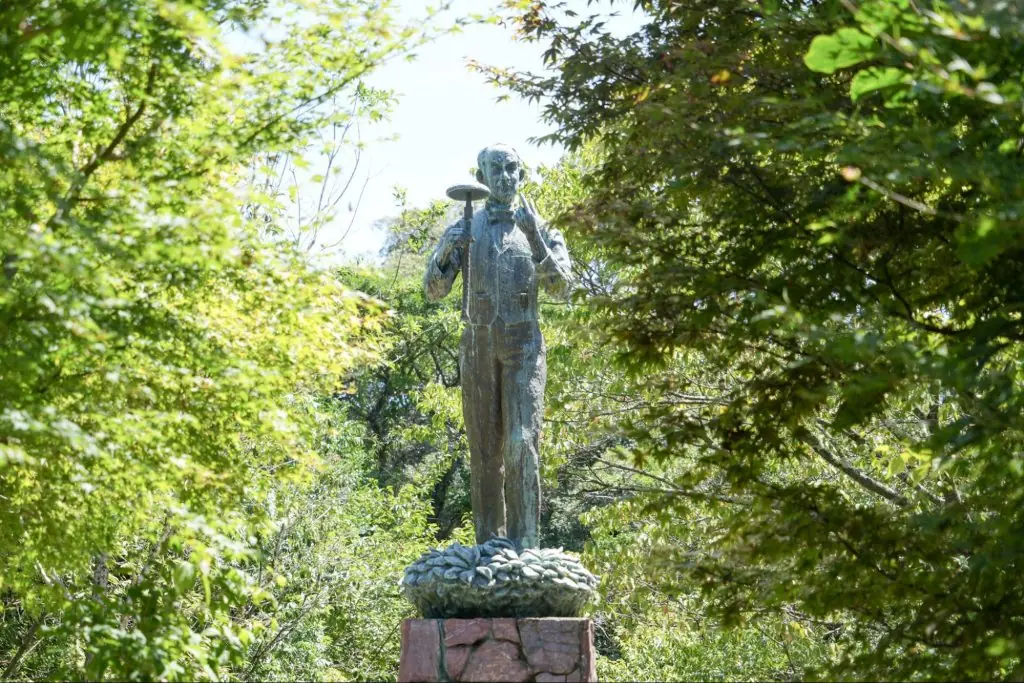
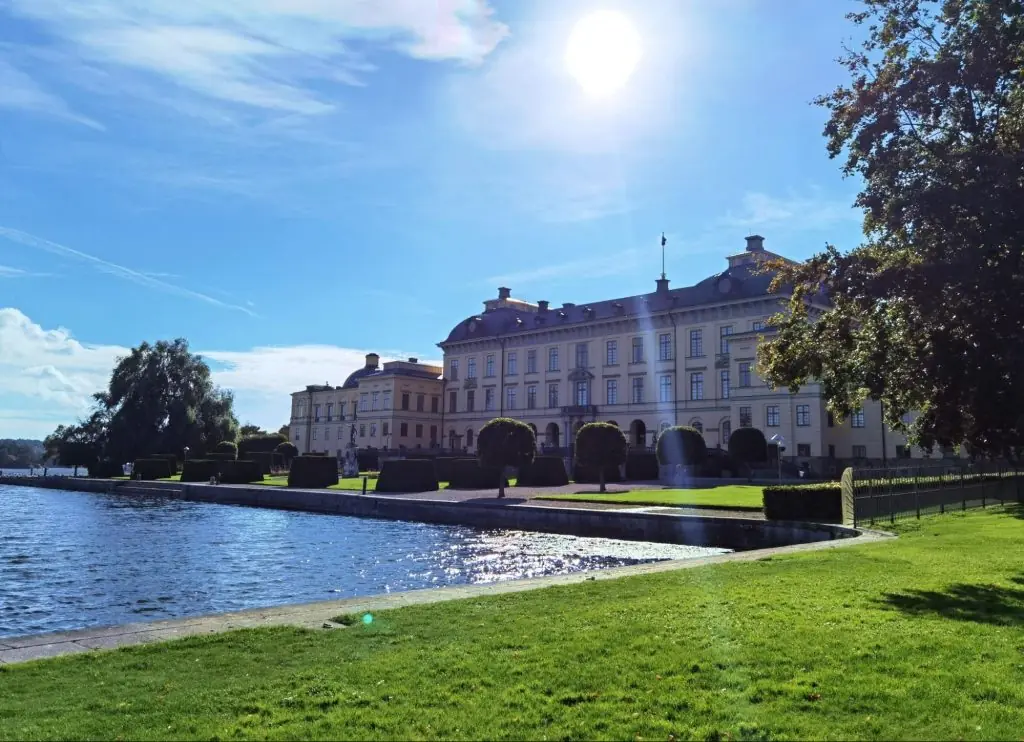
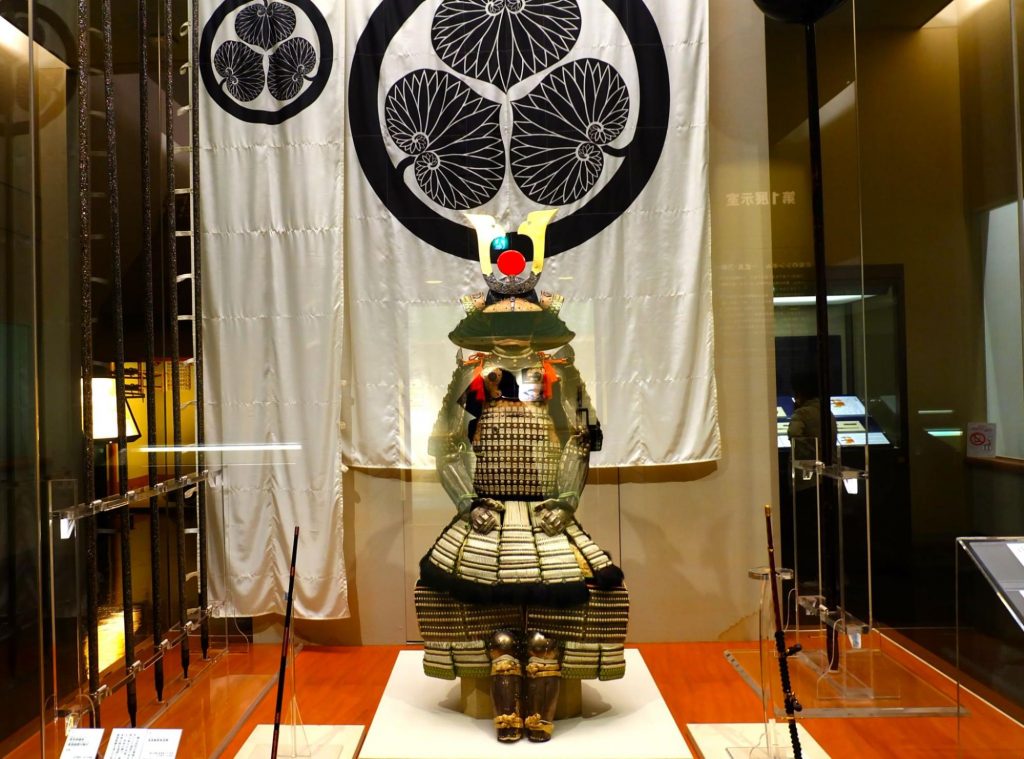
![[Nagoya] Nagoya City Archives full of Taisho-era romance, also used as a filming location for the morning drama "Tora ni Tsubasa"](https://life-designs.jp/wp/wp-content/uploads/2020/01/image11-22-1024x683.jpg)
![[Baseball] Dragons World: Immerse Yourself in the Chunichi Dragons Experience](https://life-designs.jp/wp/wp-content/uploads/2024/08/image9-4-1024x768.jpg)


![[Indoor Facilities] Where to Go on Rainy Days in Tokai Area! For Family Outings!](https://life-designs.jp/wp/wp-content/uploads/2023/07/FotoJet-23.jpg)





![[Tokai Area] Scenic Spots which You'll Never Forget](https://life-designs.jp/wp/wp-content/uploads/2019/12/LD_banner_w1920x1088_prospect-1-768x435.jpg)
![[Special Feature] Enjoy Your Day at a Park!](https://life-designs.jp/wp/wp-content/uploads/2019/12/LD_banner_w1920x1088_park-1-768x435.jpg)
![[Ghibli Park] Beginner's Guide](https://life-designs.jp/wp/wp-content/uploads/2023/07/ghiblipark_w1920h1088_20240422-1024x580.png)
![[Enjoy Kuwana! ] From Classic to the Latest Spots](https://life-designs.jp/wp/wp-content/uploads/2022/11/Kuwana_w1920x1088-1-1024x580.png)
![[Special Feature] Enjoy Outdoor Activities!](https://life-designs.jp/wp/wp-content/uploads/2019/12/LD_banner_w1920x1088_outdoor-1-1024x580.jpg)
![[Tokai Area] Place to Go on Rainy Days!](https://life-designs.jp/wp/wp-content/uploads/2022/03/f76405aaa33944a4ba88a131fbc56523-1024x580.png)

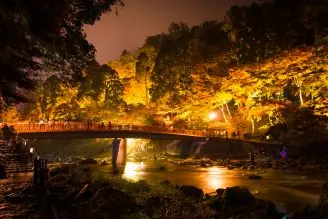

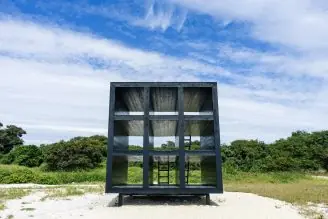





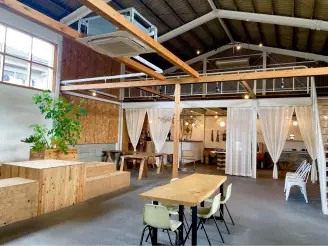
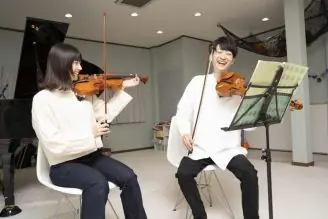

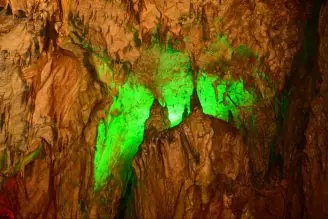


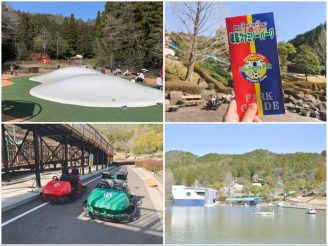



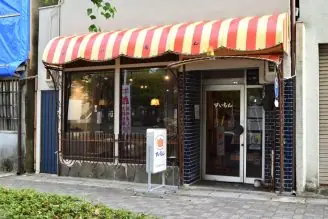



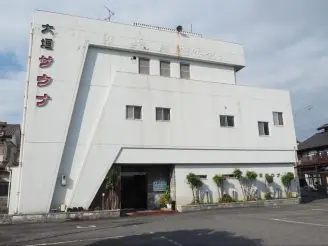

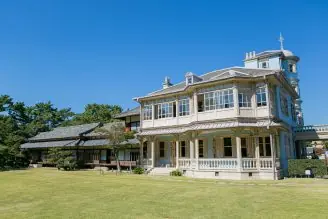


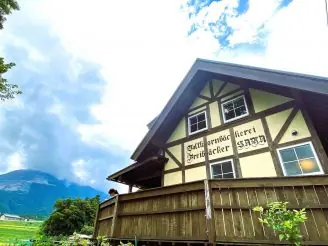
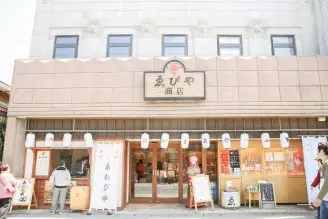


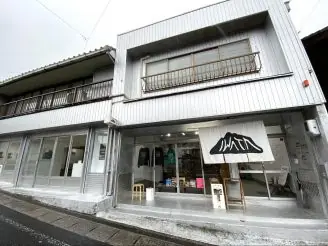
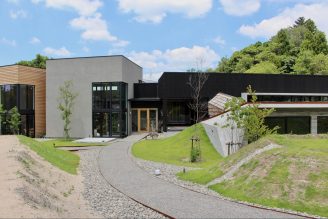



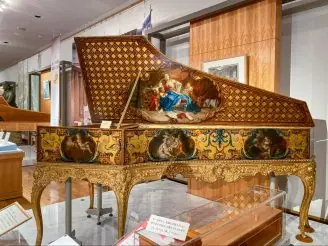








![[Indoor Facilities] Where to Go on Rainy Days in Tokai Area! For Family Outings!](https://life-designs.jp/wp/wp-content/uploads/2023/07/FotoJet-23-1024x768.jpg)
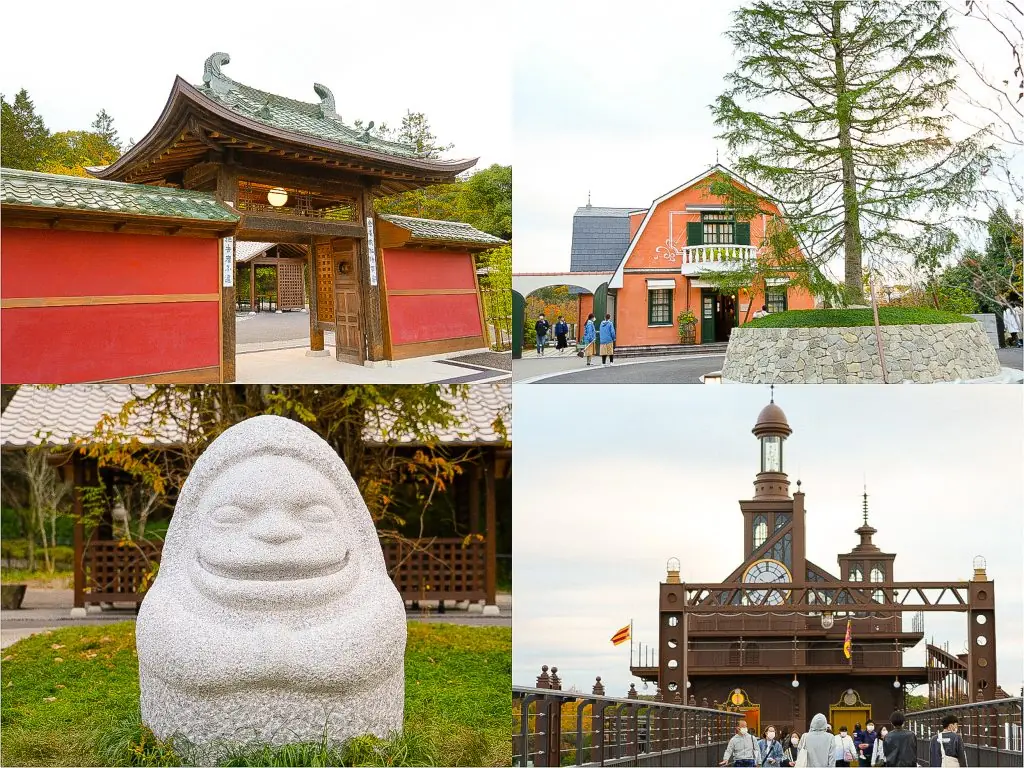
![[9 Selections] Summary of Retro Coffee Shops in Nagoya](https://life-designs.jp/wp/wp-content/uploads/2021/11/image1-30-1024x683.jpg)
![[Aichi, Gifu, Mie] 30 Family-Friendly Spots to Go in Winter!](https://life-designs.jp/wp/wp-content/uploads/2019/12/image21-1-768x543.png)
![[Within 2hrs by Car] 12 Outing Areas where You can Go on a Day Trip from Nagoya!](https://life-designs.jp/wp/wp-content/uploads/2023/07/odekake12_w1200h900_20240422-328x246.png)
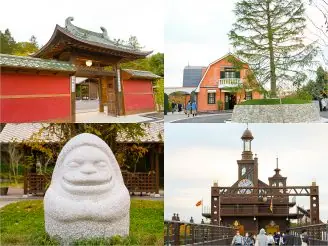

![[14 Selections] Recommended spots to spend the weekend in Kakuozan area of Nagoya](https://life-designs.jp/wp/wp-content/uploads/2022/07/Kakuozan-spot_w1920h1088_240605-328x186.png)
